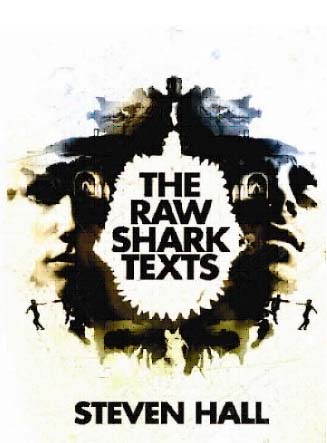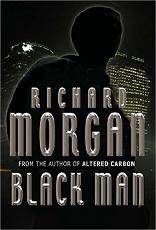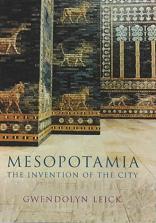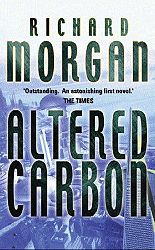
Fields of Conflict
Douglas Scott, Lawrence Babits and Charles Haecker
450 pages including index
published in 2009
Fields of Conflicts is a collection of essays on battlefield archaeology, based on papers presented on a conference of the same title as the book, held in 2004. Battlefield archaeology as a separate discipline is a relatively recent development, even if military history is of course of quite ancient vintage. Astounding as it may seems, battlefield archaeology only got started in the early eighties, with a groundbreaking research paper on the Little Bighorn battlefield. Though it seems obvious in retrospect to apply archaeological techniques in researching battles and battlefields, battlefields are such ephemeral sites, battles rarely lasting more than a day, while archaeology traditionally focused on sites that had been inhabitated for centuries, that it’s no wonder it took so long for somebody to do so. That somebody was Douglas Scott, also one of the editors of this volume and you realise the impact of his research by seeing how often in the essays collected here it is refered to.
In fact, Douglas Scott is so influential that I’ve seen him on the History Channel showcasing his Little Big Horn research a few years ago, which was the first time I heard of battlefield archaeology. It was fascinating to see how it was possible to almost track the movement of single soldiers on the battlefield by hunting for the detritus they left behind in the course of the battle. Fields of Conflicts shows how much can be known of even obscure battles this way, through creative use of archaeological techniques and especially metal dectoring, but also how much still remains unknownable as well. It’s a fascinating read even for armchair historians like myself, a glimpse in how the real professionals handle these problems.



